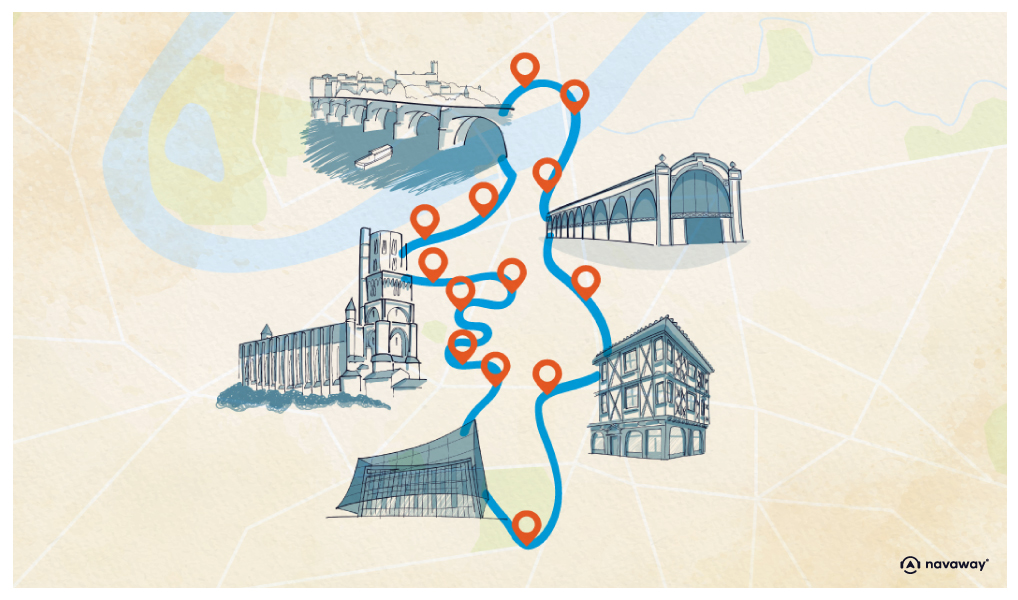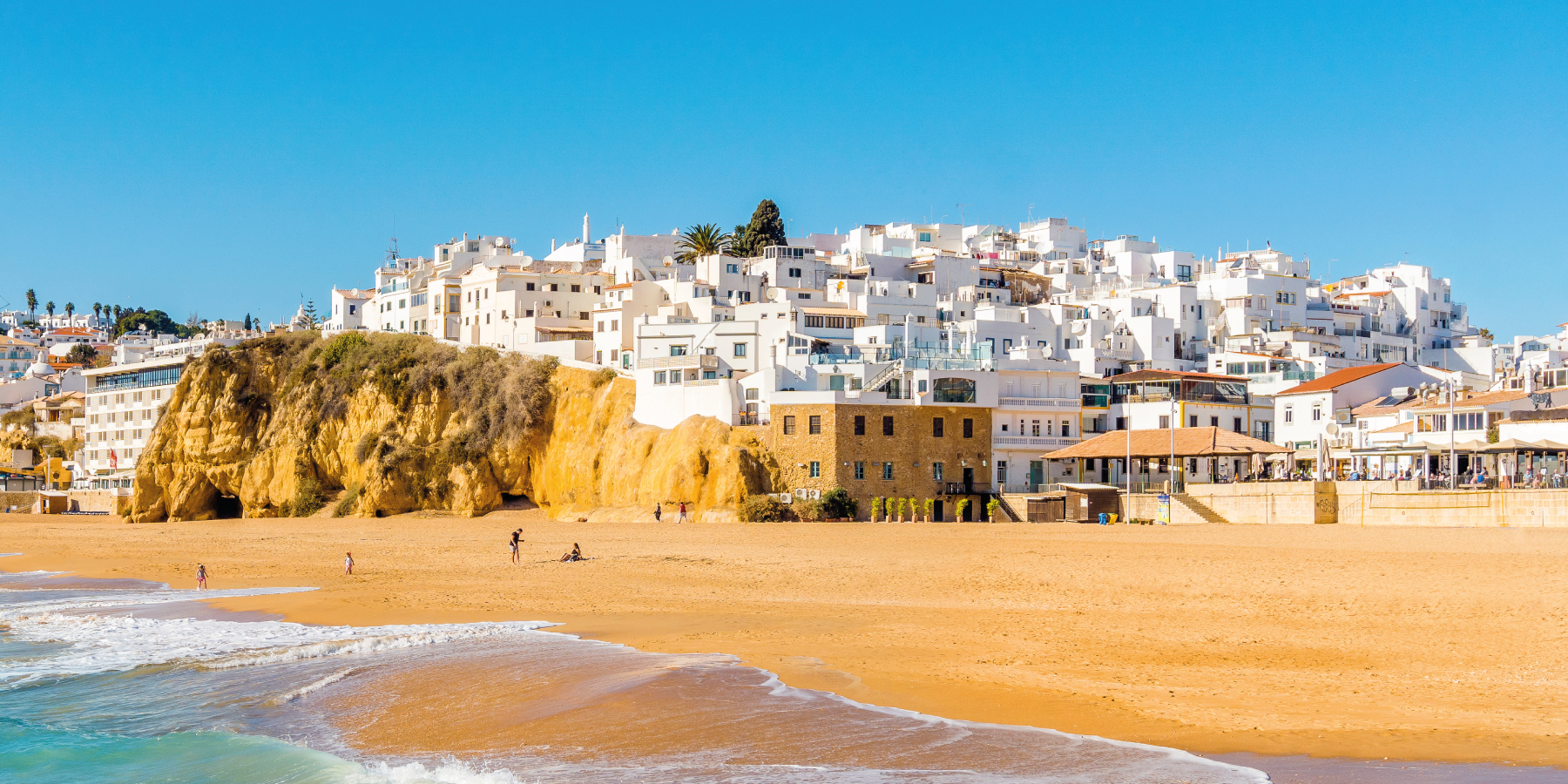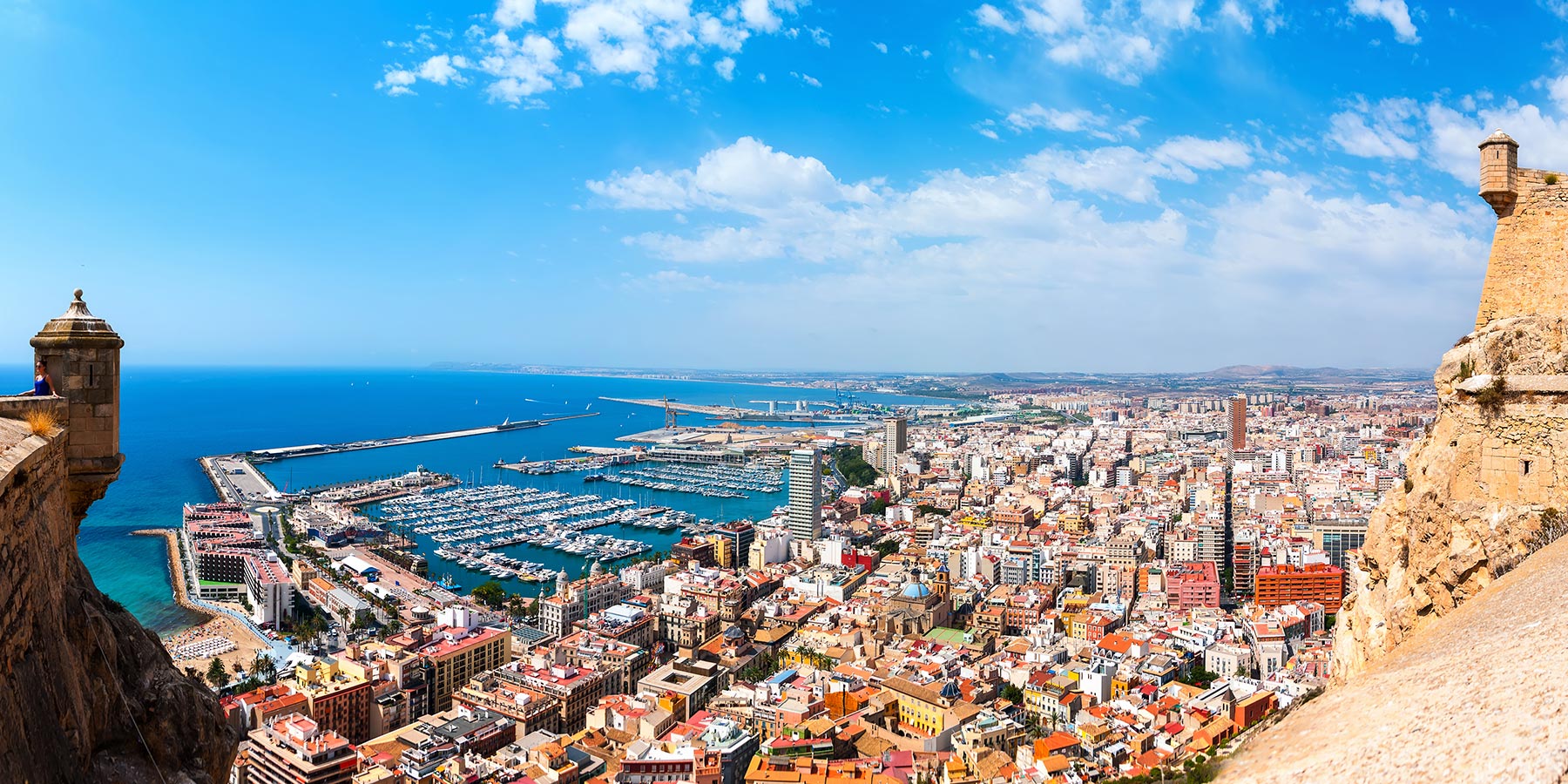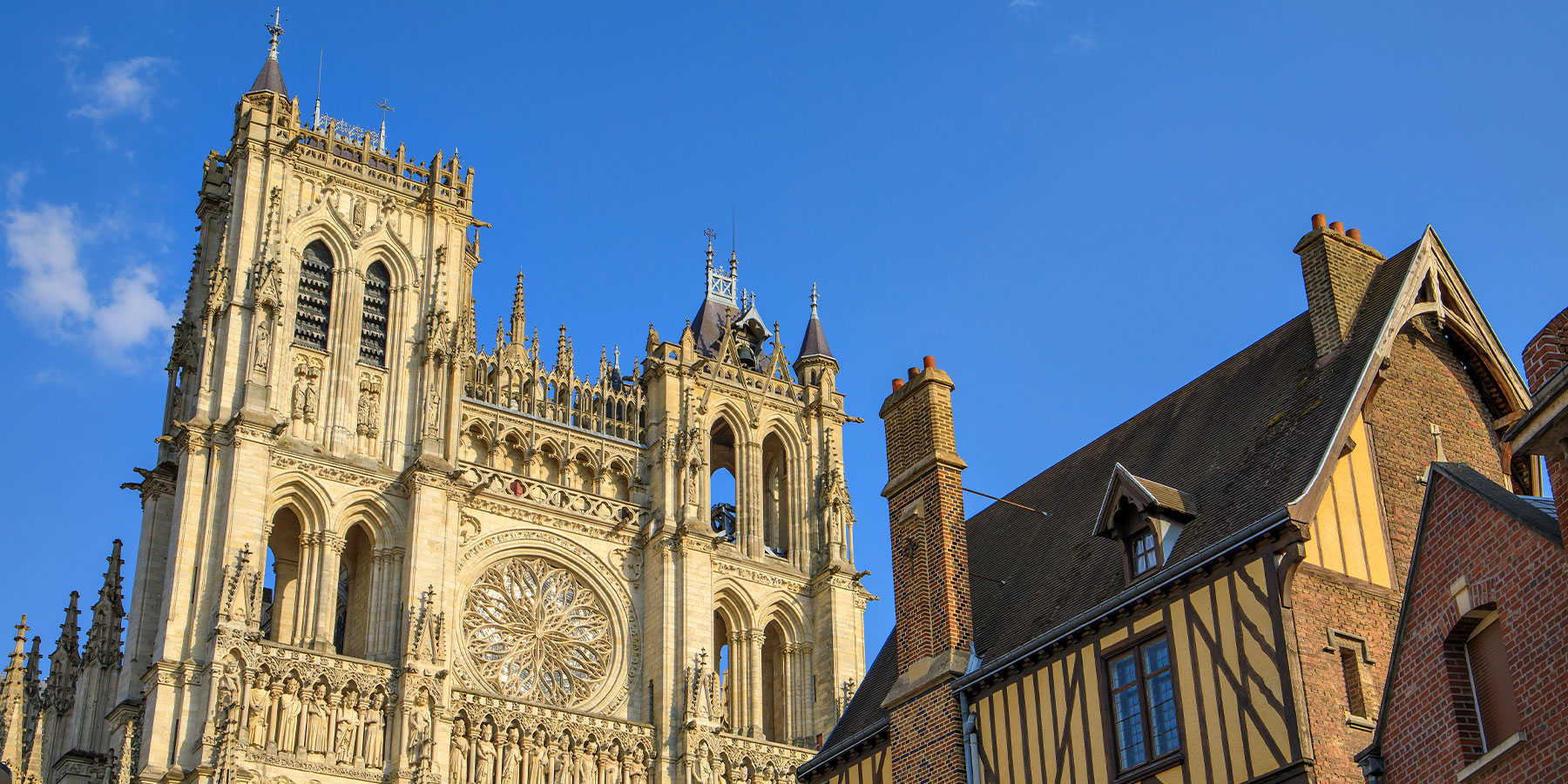
Berbie Palace

This point of interest is available as audio on the tour: Visit Albi, Retracing the history of the Red City
No visit to Albi is complete without a visit to the impressive cathedral and the majestic Berbie Palace. Prepare to be awestruck! One can’t help but feel humbled by their imposing presence and grandeur. These two buildings have a rather long history, dating back to the early days of the Episcopal City. The 13th century was a rather dark chapter in Albi’s history, forever marked by the so-called “Albigensian Crusade”. This bloody conflict pitted the Roman Catholic Church against the Cathar heretics, tolerated here by the Viscounts of Albi. FYI, Catharism was a Christian religious movement popular in the Languedoc province between the 11th and 13th centuries, that condemned the Roman Church, seen as power-hungry and materialistic, for departing from Christ’s teachings of humility and simplicity. They resorted to battles, massacres, burning at the stake – whatever it took to bring down the cathar enemy. And it worked! The Cathars were for the most part wiped out, the viscounts overthrown and the bishops grew richer thanks to the high taxes collected after they regained control of parishes. To further solidify their power and reinforce their defense, the religious leaders ordered the construction of a massive castle, overlooking the river, as early as 1228. That’s right, you’ve guessed it – it’s the Berbie Palace we’re talking about. Over the course of 6 centuries, the building was remodeled, expanded and upgraded, but without ever losing its austere fortress look. The former bishops’ palace has been listed twice as a historical monument, for its military-religious architecture and stunning interior – think ornate ceilings, fireplaces and detailed woodwork. Since 2010, it has also been inscribed on the UNESCO World Heritage List. A remarkable track record for one of France’s oldest episcopal complexes, second only to Avignon. While you’re there, be sure to wander through the beautiful public gardens and perhaps visit the museum dedicated to painter Henri de Toulouse-Lautrec, which is today housed in the palace. With over 1,000 works of art, including paintings, drawings, and lithographs, it is the world’s largest public collection dedicated to the life and work of this local artist. While discovering his creations, you’ll be carried away in the vibrant parisian life of the 19th century. Pro tip: to make the most of it, allow at least an hour and a half for your visit.


Discover Albi with app
An interactive guide through the most beautiful streets, squares, and districts
26 fun audioguides full of historical facts, anecdotes, and legends





Comments